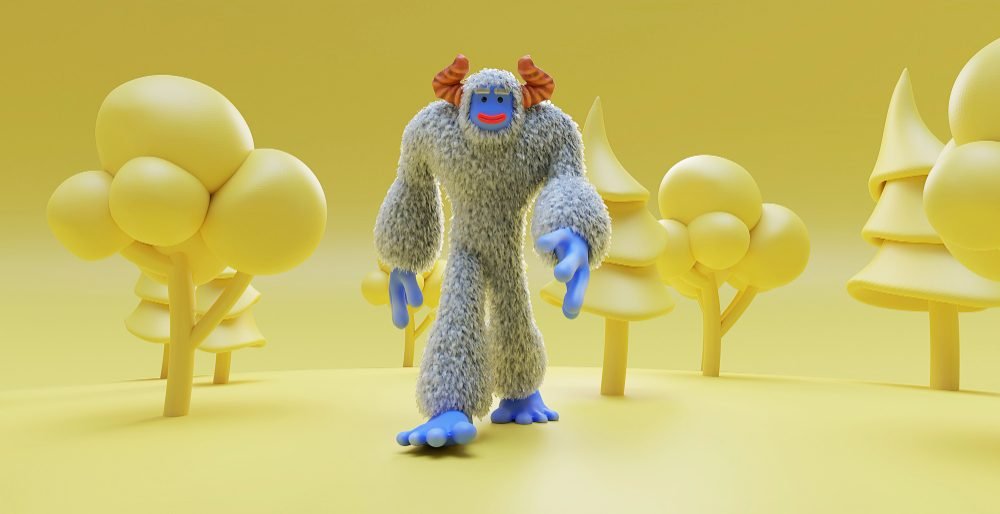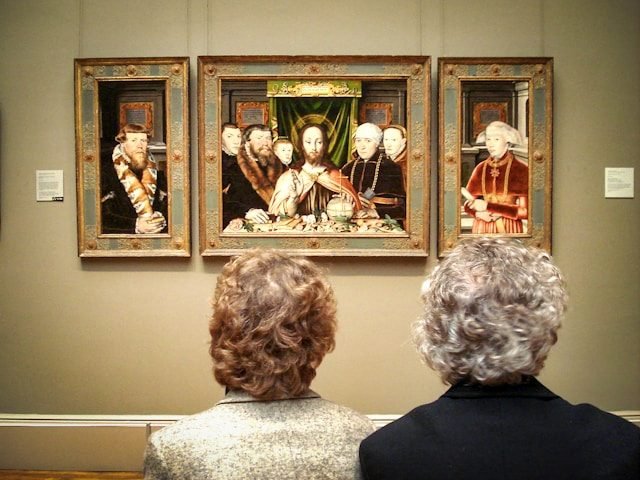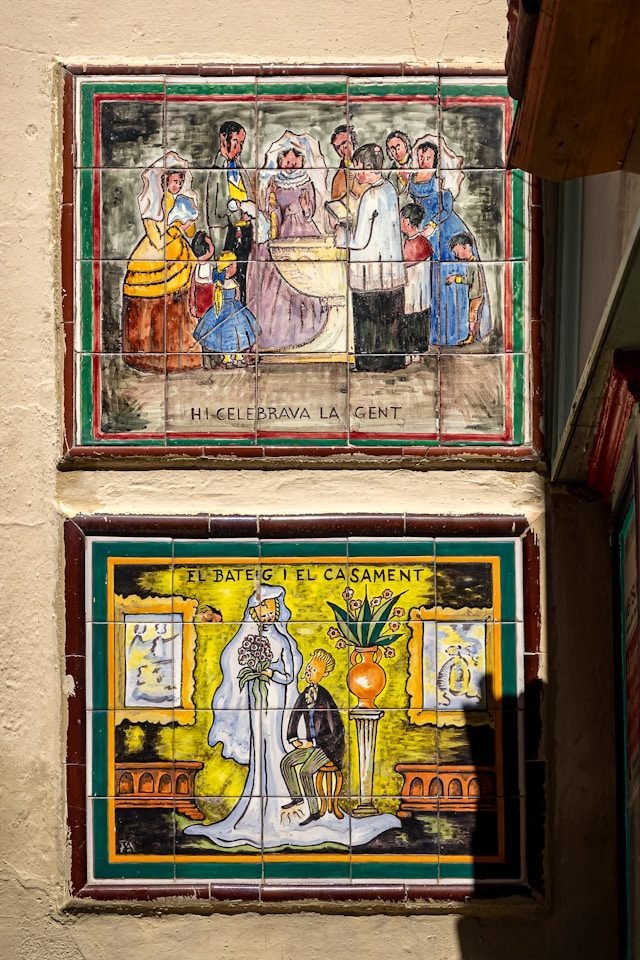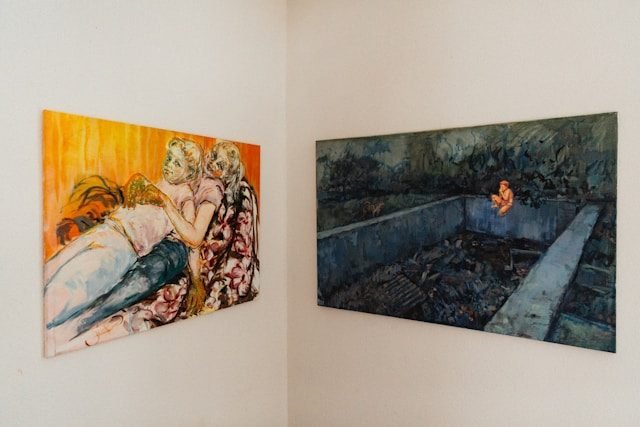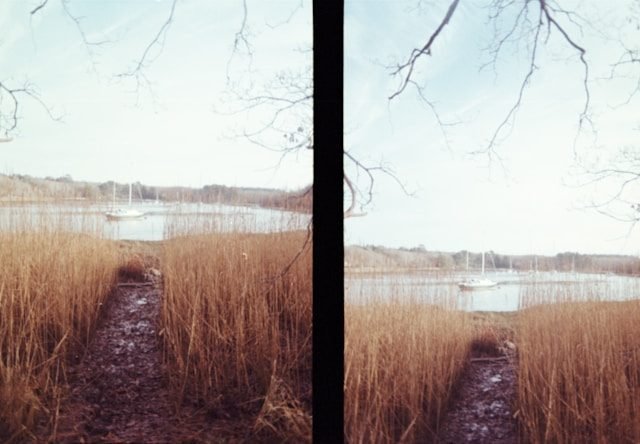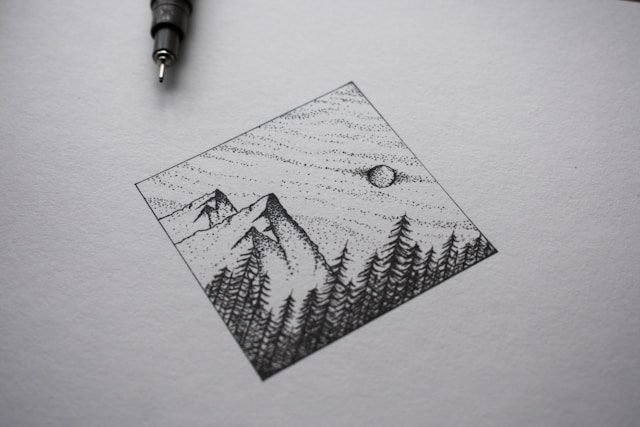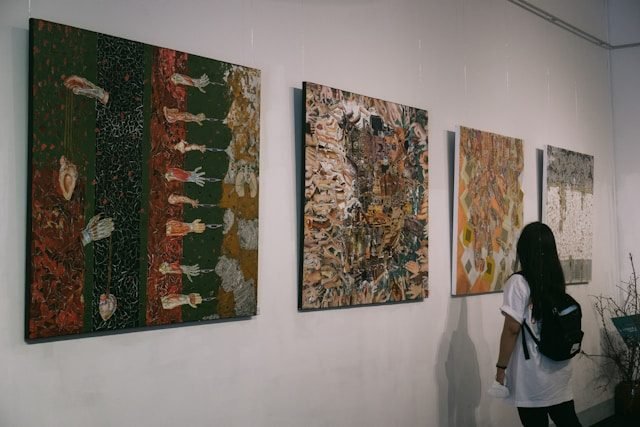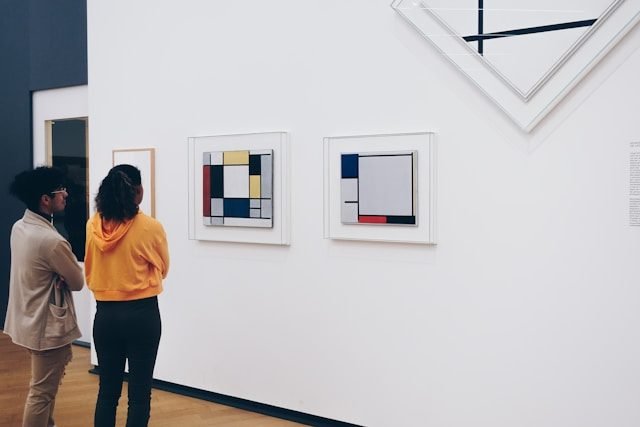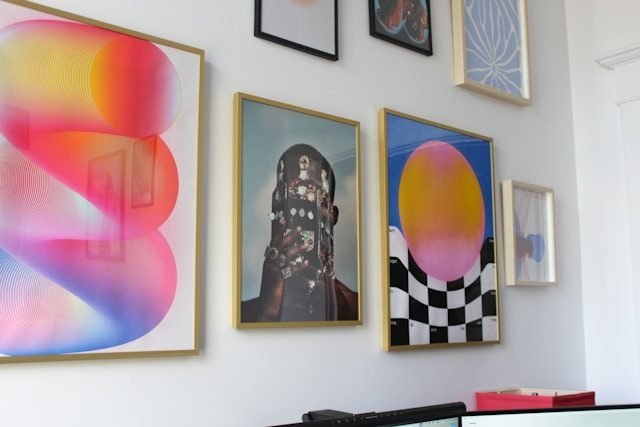3D anamorphic art design is a creative technique that uses distorted perspectives to create the illusion of three-dimensionality when viewed from a specific angle. Unlike traditional artwork, which looks the same from almost any viewpoint, anamorphic art appears warped or stretched until seen from the intended perspective, where it suddenly comes to life as a realistic 3D image. This effect plays with human visual perception, tricking the eyes and brain into interpreting a flat surface as a fully dimensional space or object.
This type of design is widely used in street art, murals, and advertising to capture attention and create an interactive experience. For example, a chalk drawing on a sidewalk might appear as a deep hole, a waterfall, or a towering structure when seen from the right vantage point. Artists use mathematical calculations, perspective grids, and digital tools to map out the distorted image precisely, ensuring that the illusion works flawlessly.
3D anamorphic art has gained popularity in public spaces, museums, and exhibitions because it encourages viewers to engage with the artwork physically by finding the correct viewing position. It merges creativity, optical science, and technical skill, making it one of the most visually striking forms of modern art.
The Origins and Evolution of Anamorphic Art
Anamorphic art dates back to the Renaissance, a period marked by groundbreaking innovations in mathematics and perspective. Artists such as Leonardo da Vinci and Hans Holbein the Younger explored distorted imagery to challenge visual perception. Holbein’s famous painting The Ambassadors (1533) contains a distorted skull that appears normal only when viewed from an extreme side angle, making it one of the earliest and most renowned examples of anamorphosis in fine art.
As time progressed, the technique evolved from classical paintings to large-scale public art installations. In the 20th and 21st centuries, artists like Julian Beever and Kurt Wenner popularized street anamorphic art, creating chalk drawings that appear to rise out of or sink into the pavement. The accessibility of digital tools has further expanded the potential of this medium, enabling creators to experiment with anamorphic effects in photography, advertising campaigns, and virtual reality.
Principles of 3D Anamorphic Art
To create a convincing anamorphic illusion, an artist must have a strong understanding of perspective, geometry, and visual perception. The key principles include:
- Distorted Projection
The image is intentionally stretched or skewed so that it looks correct only from one viewpoint. When viewed head-on or from the wrong angle, the artwork appears distorted or abstract. - Vanishing Points and Perspective Lines
Artists often use multiple vanishing points and carefully measured perspective lines to achieve depth. These points guide the placement of objects in a way that mimics how our eyes perceive space. - Foreshortening
This technique compresses certain parts of an image to create the illusion of depth. For instance, an object closer to the viewer may appear larger than it would in reality, while distant objects appear smaller. - Light, Shadow, and Color
Realistic shading and lighting enhance the three-dimensional effect. Shadows anchor the object to its surface, while highlights give it volume. - Viewing Angle
The most critical element of anamorphic art is the designated vantage point. Without it, the illusion collapses, leaving behind only a distorted shape or unrecognizable image.
Applications of 3D Anamorphic Art
Anamorphic art extends far beyond gallery walls and street pavements. Its versatility has made it a powerful tool in numerous industries:
- Street and Public Art – Artists create interactive illusions on sidewalks, walls, and public spaces to draw attention and engage passersby.
- Advertising and Marketing – Brands use anamorphic designs to create eye-catching billboards, event installations, and product launches that stand out in competitive environments.
- Film and Theatre – Set designers apply anamorphic techniques to create depth on flat backdrops, giving the illusion of grand landscapes or futuristic environments.
- Interior Design – Anamorphic patterns on walls or floors can make small spaces appear larger or create unique focal points in modern interiors.
- Virtual Reality and Gaming – Digital designers use anamorphic projections to simulate realistic three-dimensional environments, enhancing immersion.
Tips for Creating 3D Anamorphic Art
Creating anamorphic art requires both technical precision and artistic creativity. Below are key tips to help artists master this intricate technique:
- Study Perspective Drawing
A deep understanding of one-point, two-point, and three-point perspective is essential. Practice drawing geometric shapes—cubes, cylinders, and spheres—from different angles to train your eye for proportion and depth. Once comfortable with these basics, move to more complex compositions, incorporating overlapping objects and vanishing points.
- Use a Grid System
Many artists project their design onto a grid to ensure accuracy. The distorted version of the image is drawn on a stretched grid, which corresponds to a regular grid from the intended viewing angle. This method allows artists to control proportions and placement precisely.
- Incorporate Realistic Shadows and Highlights
Lighting is one of the most important elements for achieving believability. Study how light interacts with objects in real life—where it casts shadows, how it reflects, and how intensity changes with distance. Even a simple shape like a sphere can appear to float or sink depending on how it is shaded.
- Choose the Right Surface
The medium and surface can dramatically affect the outcome. Pavement, walls, and large canvases are popular for traditional anamorphic art, while digital screens offer limitless possibilities. When working on textured surfaces, consider how grooves or imperfections may distort the illusion and adjust your design accordingly.
- Plan the Viewing Angle
Before starting, determine the exact vantage point for your artwork. Use markers or physical guides to ensure viewers see the image from the correct perspective. If possible, test the illusion by taking photographs from different angles throughout the creation process.
- Experiment with Scale
Anamorphic art allows for playful manipulation of size. You can make small objects appear gigantic or depict scenes that seem to open portals into other dimensions. Experimenting with scale adds intrigue and encourages viewer interaction, as people love posing with such illusions for photos.
- Use Digital Tools for Accuracy
Programs like Adobe Illustrator, Photoshop, or Blender can help map out distortions digitally before transferring them to a physical surface. These tools allow for precise scaling, perspective adjustments, and previewing of how the final piece will look from its intended angle.
- Incorporate the Environment
One of the most captivating aspects of anamorphic art is its ability to blend with real-world surroundings. Incorporate natural elements—stairs, walls, or architectural features—into your design to heighten the illusion. For example, a chalk drawing of a waterfall spilling over a staircase creates an immersive experience that blurs the line between reality and art.
- Practice Patience and Precision
Anamorphic art is time-consuming and often requires meticulous adjustments. A small error in proportion or perspective can break the illusion. Patience, careful planning, and continual reassessment from the correct viewpoint are crucial.
- Engage with Viewers
Since anamorphic art is best appreciated from a specific angle, guide viewers toward the optimal spot. Use floor markers, signage, or creative framing to direct attention. In public installations, this interactive element makes the experience more memorable.
Challenges and How to Overcome Them
Creating anamorphic art comes with its own set of challenges:
- Complex Geometry – Distortion calculations can be overwhelming, especially for large-scale projects. Solution: Use digital modeling tools or grid methods to simplify calculations.
- Environmental Factors – Outdoor art is subject to weather, lighting changes, and foot traffic, which can impact visibility and longevity. Solution: Use durable materials like acrylic paints or protective coatings, and plan installations in weather-protected areas when possible.
- Viewing Limitations – The illusion only works from one perspective, which may disappoint viewers approaching from other angles. Solution: Design secondary elements that look visually appealing even when the main illusion is not visible.
- Skill Development – Mastering perspective and shading requires years of practice. Solution: Start small, create simple illusions, and build complexity over time.
The Future of Anamorphic Art
As technology continues to advance, anamorphic art is expanding into new frontiers. Digital projection mapping allows artists to animate anamorphic illusions, making them dynamic and interactive. Augmented reality (AR) applications are also emerging, where users can view enhanced illusions through smartphones or AR glasses. Virtual reality (VR) pushes the boundaries further by immersing viewers inside anamorphic worlds where perception is completely manipulated.
Moreover, sustainable practices are being incorporated into large-scale installations. Eco-friendly paints, biodegradable materials, and low-energy lighting systems ensure that anamorphic art can thrive without harming the environment. Artists are also exploring collaborations with architects, product designers, and gaming developers to bring anamorphic effects into mainstream design and entertainment.
Conclusion
3D anamorphic art is more than just a visual trick—it is a sophisticated blend of mathematics, perspective, and creativity that challenges how we perceive space and form. From its Renaissance origins to its modern applications in street art, advertising, and digital media, anamorphic design continues to captivate audiences worldwide. For artists, mastering this technique requires patience, precision, and a deep understanding of visual perception. For viewers, it offers a unique and immersive experience—one where reality bends, surfaces transform, and imagination knows no limits.
By embracing technology, refining traditional methods, and experimenting with new materials, the future of anamorphic art promises to be even more dynamic and engaging. Whether painted on sidewalks, integrated into architecture, or projected into virtual worlds, this fascinating art form will continue to inspire wonder, curiosity, and innovation for generations to come.
